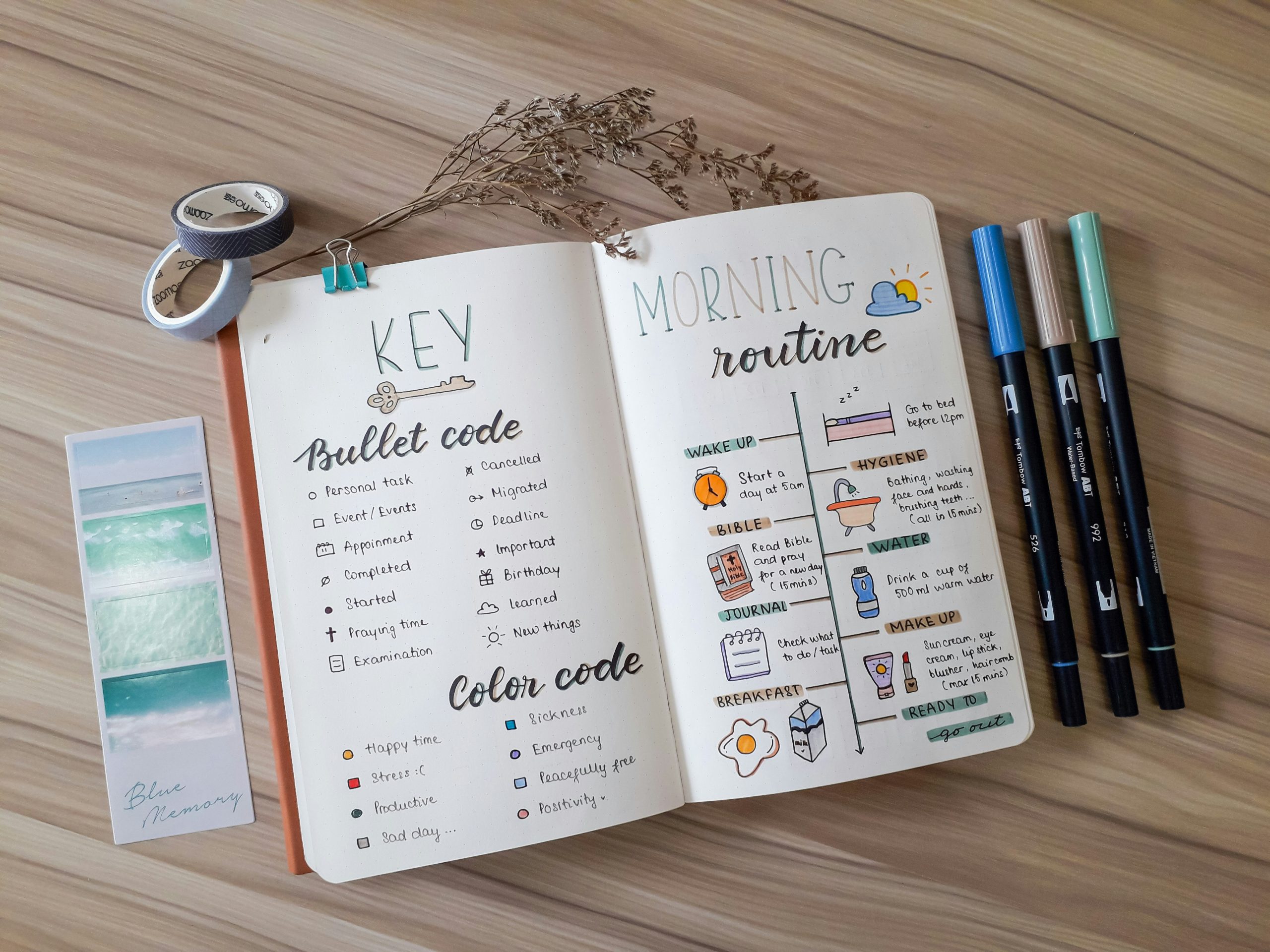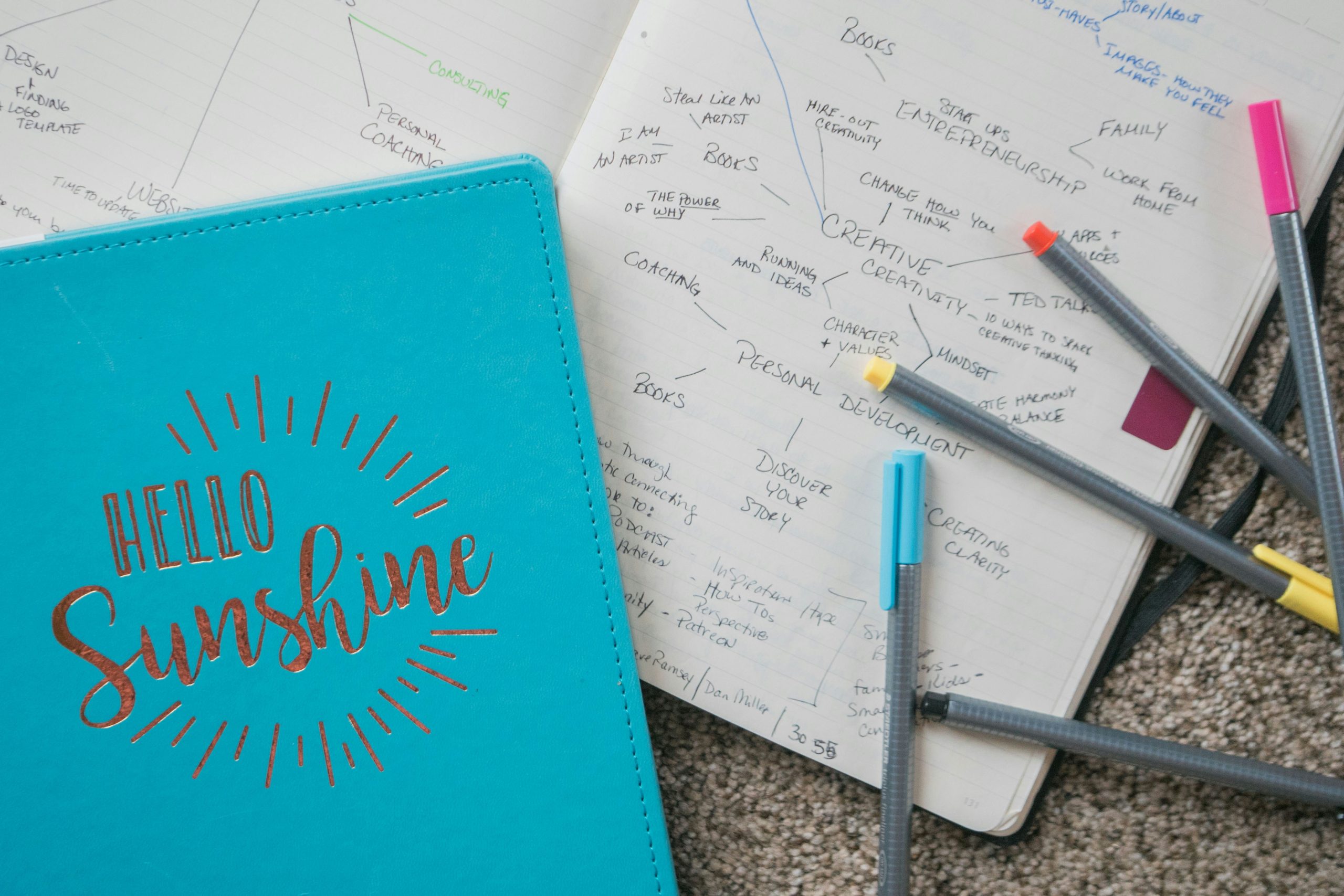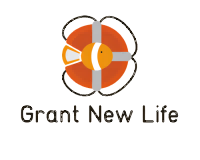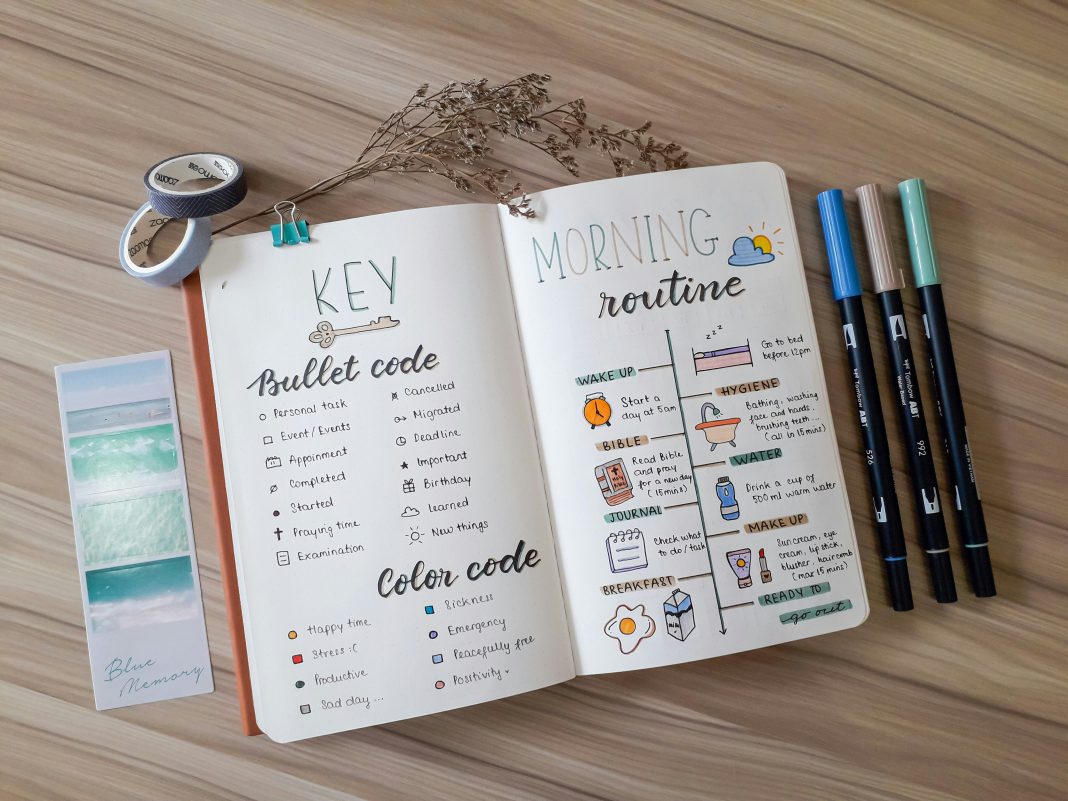Transform your scattered thoughts into clarity with proven journaling techniques that actually work. Whether you’re seeking mental clarity, tracking personal growth, or exploring creativity, these 12 journaling ideas offer practical frameworks that fit into real life.

Our Top 12 Journaling Ideas Ranked by Impact
1. One-Line-a-Day Journal
The brilliance of one line a day journaling ideas simple approach lies in its sustainable minimalism. Writing just one sentence daily removes the pressure of lengthy entries while building an invaluable record of your life’s progression.
How to implement:
Choose a consistent time (bedtime works best for 73% of practitioners)
Answer the same prompt daily: “Today’s highlight was…”
Use a five-year journal to see patterns across years
Keep entries under 20 words for consistency
This method works because it bypasses perfectionism. Research from the University of Texas shows that even minimal daily writing improves emotional processing by 23%. The constraint forces you to identify what truly matters each day.
Pro tip: Use a physical notebook with dated entries or apps like Day One that send daily reminders. The key is removing friction – place your journal on your pillow each morning so you can’t forget at night.
Over time, these single lines become a powerful timeline. You’ll discover patterns in what brings joy, what triggers stress, and how your priorities shift across seasons. Many practitioners report this as the most sustainable of all daily journaling ideas for beginners.
2. Morning Pages Practice
Julia Cameron’s Morning Pages technique involves writing three pages of stream-of-consciousness thoughts immediately upon waking. These morning journaling ideas to start your day clear mental clutter before it accumulates.
The process:
Write before checking phones or emails
Fill three pages (approximately 750 words)
Don’t stop to edit or think
Write even if it’s “I don’t know what to write”
Morning Pages work by capturing and releasing the anxious thoughts that typically loop in our minds. A Stanford study found that participants who practiced morning writing showed 28% improvement in problem-solving abilities throughout the day.
Common obstacles and solutions:
Time constraint: Wake 20 minutes earlier, not 45
Hand cramps: Use ergonomic pens or switch to typing
Boring content: That’s the point – dump the mundane to reach insights
The magic happens around week three when deeper insights emerge. Initial pages often contain complaints and to-do lists, but persistent practice reveals creative solutions and self-awareness that surprise even experienced writers.
3. Gratitude Journaling
Gratitude journaling ideas for positive mindset go beyond listing good things. Effective gratitude practice involves specific, sensory-rich descriptions that rewire neural pathways toward positivity.
Evidence-based structure:
Write 3-5 items daily
Include why you’re grateful (the “because” is crucial)
Note new things, not repeats
Include gratitude for challenges overcome
Dr. Robert Emmons’ research demonstrates that gratitude journaling increases life satisfaction by 25% and improves sleep quality within just two weeks. The key is specificity – “grateful for coffee” becomes “grateful for the warmth of my morning coffee because it gave me a peaceful moment before the chaos.”
Advanced techniques:
Gratitude letter writing (monthly)
Photo gratitude journal (visual reinforcement)
Gratitude partner sharing (accountability)
Avoid gratitude guilt – forcing positivity when processing genuine difficulties. Instead, acknowledge struggles while finding one small element to appreciate, even if it’s just surviving another day.
4. Bullet Journal Goal Tracking
Bullet journal ideas for productivity tracking combine planning with reflection in a customizable system. Unlike pre-made planners, bullet journals adapt to your actual needs.
Core components:
Monthly goal spread with measurable targets
Weekly review pages for progress tracking
Daily rapid logging for tasks and events
Custom trackers for specific habits
The bullet journal method, created by Ryder Carroll, helps ADHD minds organize thoughts while serving neurotypical users seeking productivity systems. Studies show that handwritten goal tracking increases achievement rates by 42% compared to mental goal-setting alone.
Essential spreads for goal tracking:
Year-at-a-glance goals (big picture)
Monthly breakdown (actionable steps)
Weekly wins tracker (momentum building)
Obstacle log (pattern recognition)
Migration is the secret weapon – regularly moving incomplete tasks forces you to evaluate their actual importance. If you won’t rewrite it, it wasn’t worth doing.
5. Dream Journal Recording
Dream journaling ideas and techniques capture subconscious insights that disappear within minutes of waking. Regular dream recording improves dream recall and can lead to lucid dreaming abilities.
Immediate recording method:
Keep journal within arm’s reach of bed
Write before moving or speaking
Capture emotions, colors, and symbols
Note recurring themes weekly
Harvard sleep researchers found that dream journaling participants remembered 3x more dreams after two weeks of practice. The act of recording signals your brain that dreams matter, improving recall naturally.
Analysis techniques:
Symbol dictionary creation (personal meanings)
Emotion mapping (feeling patterns)
Character tracking (who appears and why)
Problem-solving dreams (intentional incubation)
Don’t worry about interpretation initially. Focus on consistent recording. Patterns emerge naturally after 30-40 entries, revealing subconscious concerns and creative solutions your waking mind missed.
6. Self-Care Reflection Prompts
Self care journaling prompts for mental health create structured space for emotional processing. Unlike venting, guided prompts lead to insights and action steps.
Weekly prompt rotation:
Monday: “What do I need this week?”
Wednesday: “What’s working/not working?”
Friday: “How did I honor my needs?”
Sunday: “What patterns am I noticing?”
Clinical psychologists report that structured journaling reduces anxiety symptoms by 35% when practiced consistently for eight weeks. The key is moving beyond description to exploration of patterns and solutions.
Therapeutic prompt categories:
Boundary setting (“Where did I say yes when I meant no?”)
Energy management (“What filled/drained me today?”)
Emotion regulation (“What triggered that reaction?”)
Self-compassion (“What would I tell a friend?”)
Create a prompt bank for difficult days when creativity fails. Having ready questions eliminates the blank page barrier during emotional overwhelm.
7. Joy Journal Daily Practice
Joy journaling focuses exclusively on moments of delight, training your brain to notice positive experiences throughout the day. This differs from gratitude by emphasizing spontaneous happiness rather than appreciation.
Daily joy hunting:
Record 3 joy moments as they happen
Include sensory details (sounds, smells, textures)
Note body sensations during joy
Photograph joy triggers for visual reinforcement
Neuroscience research shows that deliberately noticing joy increases dopamine production and strengthens neural pathways associated with happiness. Participants report increased joy awareness within one week of practice.
Joy categories to track:
Unexpected delights (rainbow sightings, perfect songs)
Connection moments (laughter with friends)
Achievement sparks (small wins)
Sensory pleasures (first sip of tea)
The practice transforms from recording to anticipation – you begin seeking joy moments to capture, creating a positive feedback loop that enhances daily experience.
8. Problem-Solving Write-Outs
When facing complex decisions or persistent problems, dedicated problem-solving sessions through writing provide clarity that thinking alone cannot achieve. This structured approach to therapeutic journaling ideas for anxiety transforms worry into action.
Problem-solving framework:
Define the actual problem (not symptoms)
List all possible solutions (even ridiculous ones)
Evaluate pros/cons for top three options
Choose and create action steps
Schedule implementation review
MIT researchers found that written problem-solving increases solution quality by 45% compared to mental processing alone. Writing slows thinking, revealing assumptions and generating creative alternatives.
Advanced techniques:
Perspective writing (view as outsider)
Worst-case scenario planning (reduce fear)
Resource inventory (available support)
Timeline creation (realistic expectations)
Don’t rush to solutions. Sometimes the writing process reveals that the perceived problem isn’t the real issue, saving energy spent solving the wrong challenge.
9. Memory Lane Storytelling
Memory keeping journaling ideas scrapbook style preserve life stories before details fade. Unlike photo albums, written memories capture emotions, contexts, and lessons that images alone cannot convey.
Memory categories to explore:
Childhood adventures (sensory-rich descriptions)
Family traditions (origins and evolution)
Pivotal moments (decisions that changed everything)
Lost loved ones (preserving their essence)
Psychologists note that writing memories strengthens recall and provides therapeutic benefits similar to talk therapy. The process of organizing memories into narratives helps make sense of life experiences.
Storytelling techniques:
Scene setting (transport readers there)
Dialog recreation (approximate conversations)
Emotion mapping (feelings then vs. now)
Lesson extraction (wisdom gained)
Start with single memories rather than chronological life stories. Write the moments that randomly surface – these hold significance your conscious mind hasn’t recognized.
10. Artistic Visual Journaling
Artistic journaling ideas with prompts combine images with words for multi-dimensional expression. You don’t need artistic skill – the process matters more than the outcome.
Visual techniques:
Collage emotions using magazine cutouts
Color-code moods with abstract painting
Sketch daily moments (stick figures work)
Create word art from significant phrases
Art therapy research demonstrates that visual journaling accesses emotions that words cannot reach. Participants show increased emotional awareness and stress reduction after just four weeks of practice.
Weekly visual prompts:
“Draw your energy level”
“Collage your ideal day”
“Color your current emotion”
“Sketch one beautiful thing you noticed”
Combine visuals with written reflection for maximum insight. The interplay between image and word reveals connections your logical mind might miss.
11. Habit Tracker Journal
Habit tracking journaling ideas creative approaches make behavior change visible and motivating. Beyond simple checkboxes, creative tracking reveals patterns that enable lasting change.
Tracking methods:
Color-coding (intensity levels)
Graph creation (visual progress)
Chain method (don’t break the streak)
Percentage tracking (realistic goals)
Stanford behavior research shows that visual progress tracking increases habit adherence by 62%. The act of recording creates accountability and reveals obstacle patterns.
Essential tracking categories:
Health habits (sleep, exercise, nutrition)
Productivity routines (deep work, breaks)
Self-care practices (meditation, reading)
Relationship investments (quality time, communication)
Include habit reflection weekly: What made success easy? What created resistance? Adjust systems based on patterns rather than forcing willpower.
12. Travel Experience Documentation
Travel journaling ideas with templates capture adventures beyond photos. Written records preserve sensory details, cultural insights, and personal growth that images cannot convey.
Daily travel framework:
Morning intentions (what to explore)
Midday observations (cultural notes)
Evening reflections (day’s highlights)
Sketch/ticket/receipt integration
Travel psychologists note that journaling during trips increases memory retention by 70% and enhances cultural appreciation. The practice transforms tourism into meaningful exploration.
Capture categories:
Sensory experiences (tastes, sounds, smells)
Cultural observations (differences, similarities)
Personal challenges (comfort zone exits)
Connection moments (local interactions)
Create templates before traveling to reduce decision fatigue. Having prompts ready ensures consistent recording despite travel exhaustion.
Journaling Ideas by Time Commitment

Quick 5-Minute Daily Practices
For busy schedules, micro-journaling delivers benefits without overwhelming time demands. These compressed practices fit into morning coffee breaks or bedtime routines.
5-minute options:
Three good things (positive psychology)
Tomorrow’s priority (clarity setting)
Energy check-in (1-10 scale plus why)
Gratitude snapshot (one specific moment)
Research indicates that even five minutes of daily writing improves mood regulation and self-awareness. Consistency matters more than duration.
Success strategies:
Same time daily (habit stacking)
Phone reminders (until habitual)
Template prompts (reduce thinking)
Voice recording option (transcribe later)
Start with five minutes rather than aspiring to longer sessions. Build the habit first, then expand if desired.
15-30 Minute Weekly Deep Dives
Weekly longer sessions allow exploration that daily quick writes cannot achieve. These focused sessions often yield breakthrough insights and strategic clarity.
Weekly session themes:
Relationship journaling ideas for couples (connection review)
Goal setting journaling ideas for success (progress assessment)
Obstacle analysis (pattern recognition)
Celebration inventory (acknowledge wins)
Schedule weekly sessions like appointments. Sunday evenings or Saturday mornings work well for reflection and planning cycles.
Deep dive techniques:
Free writing (20 minutes non-stop)
Guided meditation into writing
Question cascades (why, why, why)
Letter writing (to self or others)
Protect this time fiercely. Weekly deep dives provide perspective that daily practice alone cannot achieve.
Monthly Reflection Sessions
Monthly reviews reveal patterns invisible in daily life. These seasonal journaling ideas for each month track growth trajectories and life rhythms.
Monthly review structure:
Achievement inventory (all wins, small included)
Challenge analysis (obstacles and lessons)
Relationship audit (connection quality)
Next month’s intentions (specific targets)
Long-term studies show that monthly reflection improves goal achievement by 38% and life satisfaction by 29%. The practice provides strategic perspective often lost in daily urgency.
Monthly prompts:
“What would I repeat from this month?”
“What would I change if I could?”
“What patterns am I noticing?”
“What needs attention next month?”
Create monthly ritual around reviews – special location, favorite beverage, dedicated notebook. Ritualizing increases consistency and depth.
Common Journaling Challenges Solved
Overcoming Writer’s Block with Prompts
When facing blank pages, prepared prompts eliminate starting friction. Keep a prompt bank for difficult days when inspiration fails.
Emergency prompts:
“Right now I’m feeling…”
“I wish I could tell someone…”
“If I had no fear, I would…”
“Today I noticed…”
Writer’s block often masks perfectionism. Remember that journaling is for you alone – grammar, spelling, and coherence don’t matter. The act of writing matters more than the content quality.
Block-busting techniques:
Write “I don’t know what to write” repeatedly
List single words describing current state
Draw instead of write
Voice record, then transcribe
Professional writers report that consistent bad writing leads to occasional brilliance. Give yourself permission to write terribly.
Making Time for Regular Journaling
The biggest barrier to journaling isn’t lack of ideas but inconsistent practice. Building sustainable habits requires realistic expectations and strategic planning.
Time-finding strategies:
Habit stacking (attach to existing routine)
Minimum viable practice (one sentence counts)
Batch writing (weekly longer sessions)
Transition moments (commute, lunch, waiting)
Research shows that 66 days of consistent practice creates automatic habits. Focus on showing up rather than producing profound insights.
Consistency tools:
Calendar blocking (treat as appointment)
Accountability partners (share practice, not content)
Streak tracking (visual progress)
Reward systems (celebrate milestones)
Start smaller than feels necessary. One line daily beats ambitious plans that fail by day three. Build momentum through micro-commitments that feel impossibly easy.
The transformation happens not through perfect journaling but through persistent practice. These journaling ideas provide frameworks, but your unique voice and experience create the magic. Choose one technique that resonates, commit to 30 days, and watch how writing transforms your daily experience.
Whether you’re seeking clarity, creativity, or connection, consistent journaling delivers insights that no other practice can match. Your future self will thank you for starting today – pick up that pen and begin.
















